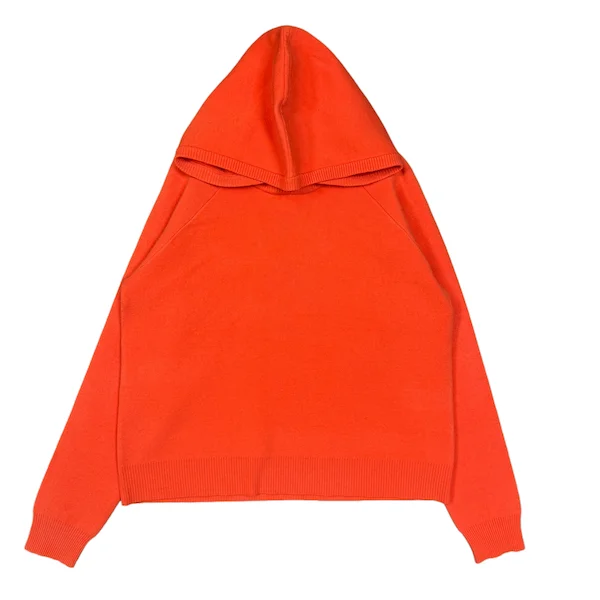In a world where first impressions are often formed in mere seconds, the question of How do we choose what to wear? transcends mere aesthetics; it delves into psychology, culture, and personal identity. Our clothing choices are influenced by a myriad of factors, from societal norms to individual preferences, and understanding these influences can empower us to make more informed decisions about our wardrobe. This article explores the multifaceted nature of clothing selection, offering insights into the psychological, cultural, and practical considerations that shape our choices.
The Psychological Dimension of Clothing Choices
Clothing is not just a physical barrier against the elements; it is a powerful form of self-expression. Psychological theories suggest that our attire can significantly influence our mood, confidence, and even behavior. This phenomenon, often referred to as enclothed cognition, posits that the clothes we wear can affect our psychological state and performance. For instance, wearing formal attire may enhance feelings of professionalism and authority, while casual wear might evoke comfort and relaxation.
When choosing what to wear, it is essential to consider the psychological impact of colors, styles, and fabrics. Research indicates that colors can evoke specific emotions—blue often conveys calmness, while red can signify passion or urgency. Understanding these associations can help individuals select outfits that align with their desired emotional state or the impression they wish to convey.
Cultural Influences on Wardrobe Selection
Culture plays a pivotal role in shaping our clothing choices. From traditional attire that reflects heritage to contemporary fashion trends that signify social status, our clothing often serves as a cultural identifier. The globalization of fashion has introduced a melting pot of styles, allowing individuals to express their identity in diverse ways. However, this also raises questions about cultural appropriation and the ethical implications of borrowing elements from different cultures.
When selecting an outfit, it is crucial to consider the cultural context of the occasion. For instance, wearing traditional attire to a cultural festival can demonstrate respect and appreciation for that culture, while choosing attire that aligns with the dress code of a professional setting can enhance credibility and acceptance. Understanding the cultural significance of clothing can enrich our wardrobe choices and foster a deeper connection to our identity and community.
Practical Considerations: Functionality Meets Fashion
While psychological and cultural factors are essential, practical considerations cannot be overlooked. The functionality of clothing—its fit, comfort, and suitability for the occasion—plays a critical role in our selection process. For instance, an outfit that is stylish but uncomfortable may hinder performance in a professional setting or during social interactions.
When choosing what to wear, consider the following practical aspects:
- Occasion: Assess the nature of the event—formal, casual, or professional—and select attire that aligns with the expected dress code.
- Weather: Climate conditions significantly influence clothing choices. Breathable fabrics are ideal for warm weather, while layering is essential for colder climates.
- Personal Comfort: Prioritize comfort to ensure confidence throughout the day. This includes considering the fit of the clothing and the appropriateness of the fabric for the activity.
- Versatility: Invest in versatile pieces that can be styled in multiple ways, allowing for adaptability across various occasions.
The Role of Personal Style and Identity
Ultimately, the choice of what to wear is a reflection of personal style and identity. Developing a unique style involves understanding one’s preferences, body type, and lifestyle. It is essential to curate a wardrobe that resonates with individual values and aesthetics, allowing for authentic self-expression.
To cultivate a personal style, consider the following strategies:
- Experimentation: Don’t be afraid to try new styles, colors, and patterns. Fashion is an evolving art form, and experimentation can lead to unexpected discoveries.
- Inspiration: Draw inspiration from fashion icons, social media, and fashion blogs. However, ensure that the choices made resonate with your personal identity rather than conforming to fleeting trends.
- Wardrobe Editing: Regularly assess your wardrobe to eliminate items that no longer serve you. This process can help clarify your style and make room for pieces that align with your current preferences.
Conclusion: A Holistic Approach to Wardrobe Selection
Choosing what to wear is a complex interplay of psychological, cultural, practical, and personal factors. By understanding these dimensions, individuals can make more informed and intentional choices that reflect their identity and values. Whether dressing for a job interview, a social gathering, or a casual day out, the art of wardrobe selection is an opportunity to express oneself and navigate the world with confidence. Embrace the journey of discovering your style, and remember that every outfit tells a story—make yours a compelling one.



